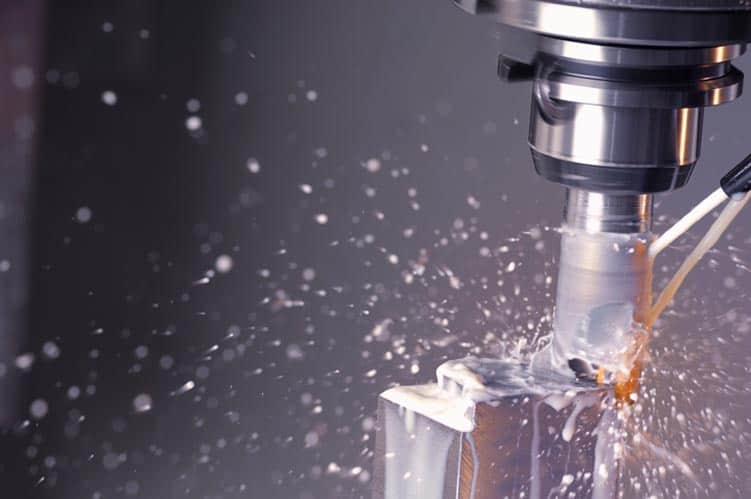First of all, let’s talk about the dangers of using an end mill machine. The most obvious danger is the rotating cutter itself. End mills are designed to remove material from a workpiece by spinning at a high speed, and if you’re not careful, you can easily get your fingers or other body parts caught in the cutter. This can lead to serious injuries, including amputations.
Another danger associated with end mills is the possibility of the cutter breaking. End mills are made from hardened steel, but they can still break if they’re overloaded or if they encounter a hard spot in the material being machined. If an end mill breaks while it’s spinning, it can send sharp pieces of metal flying in all directions, which can cause serious injuries or even death.
Finally, there is also the risk of the workpiece being thrown out of the machine if it’s not properly secured. If the workpiece comes loose while the end mill is spinning, it can be thrown across the room at a high velocity, potentially injuring anyone in its path.
So, now that we’ve talked about the dangers associated with end mill machines, let’s discuss some safety recommendations that you should follow to minimise the risk of accidents.
First and foremost, always wear appropriate personal protective equipment (PPE) when working with an end mill machine. This includes safety glasses, earplugs, gloves, and a dust mask if necessary. PPE will help protect you from any flying debris, dust, or metal shavings that may be generated during the machining process.
Secondly, always make sure that the end mill machine is properly maintained and inspected before each use. This includes checking the machine for any signs of wear or damage, ensuring that the cutting tools are properly sharpened and secured, and checking that all safety features are working properly.
Thirdly, always follow proper machining procedures when using an end mill machine. This includes selecting the appropriate cutting speed and feed rate for the material being machined, properly securing the workpiece, and using the correct cutting tool for the job.
Additionally, it’s important to never leave an end mill machine unattended while it’s in operation. Always keep a close eye on the machine while it’s running, and immediately stop the machine if you notice any unusual sounds or vibrations.
Lastly, it’s important to receive proper training before using an end mill machine. Operating this kind of machinery without proper training is not only dangerous, but it can also lead to poor quality work and potentially damage the machine. Make sure that you receive training from a qualified professional before attempting to use an end mill machine.
In conclusion, end mill machines can be incredibly useful tools in the metalworking industry, but they can also be very dangerous if not used properly. It’s important to understand the risks associated with using an end mill machine and to follow proper safety recommendations to avoid any accidents. Always wear appropriate PPE, maintain and inspect the machine before each use, follow proper machining procedures, never leave the machine unattended while it’s running, and receive proper training before attempting to use the machine. By following these safety recommendations, you can help ensure that you stay safe while using an end mill machine and produce high-quality work.
Cheers,

![]()






